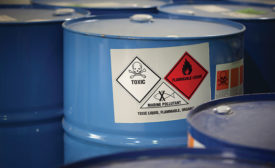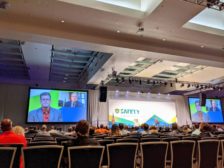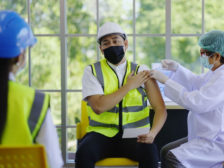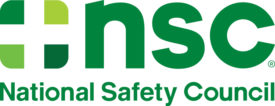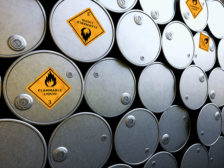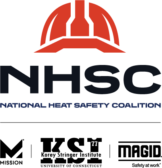Government Safety Regulations
Cover Story
Now that Pfizer vaccine has FDA approval, expect more companies to begin implementing workplace rules
September 1, 2021
Editorial Comments
Heat exposure has killed hundreds of U.S. workers — it’s time to do something about it
September 1, 2021
Never miss the latest news and trends driving the safety industry
eNewsletter | Website | eMagazine
JOIN TODAYCopyright ©2024. All Rights Reserved BNP Media.
Design, CMS, Hosting & Web Development :: ePublishing

